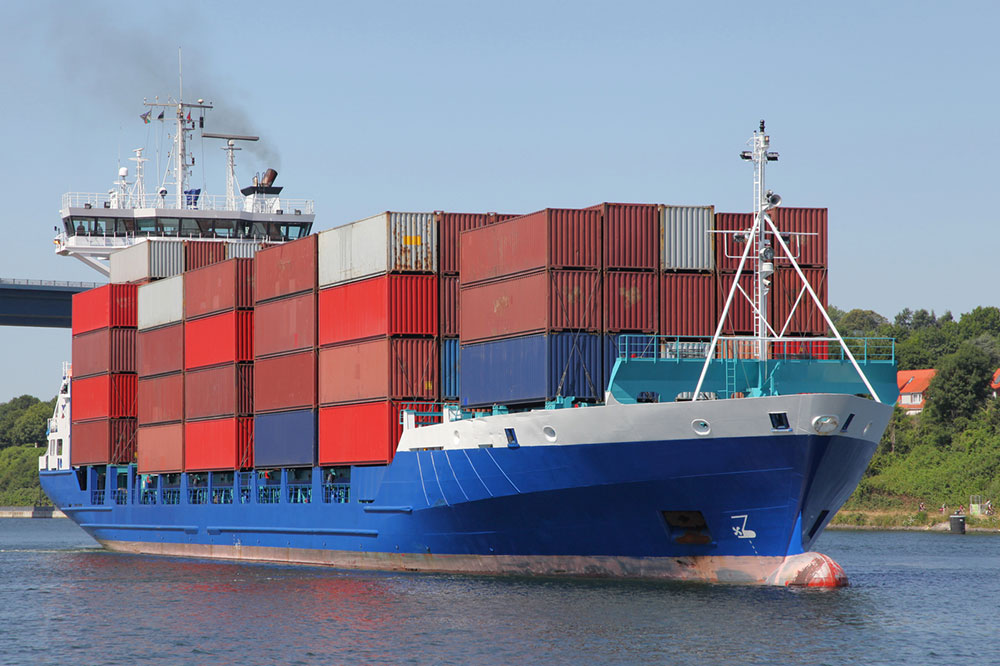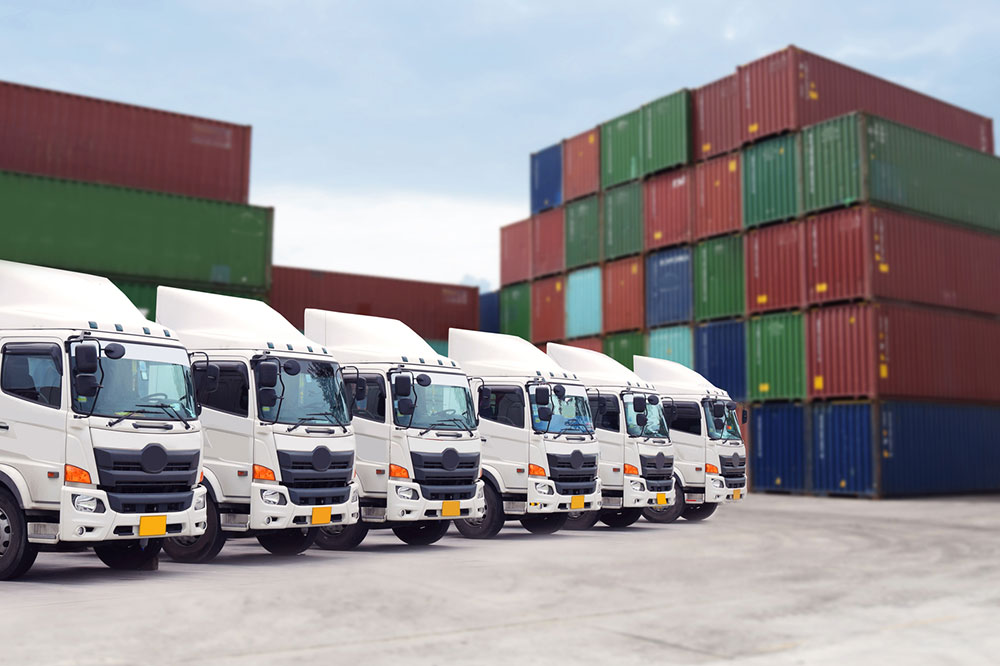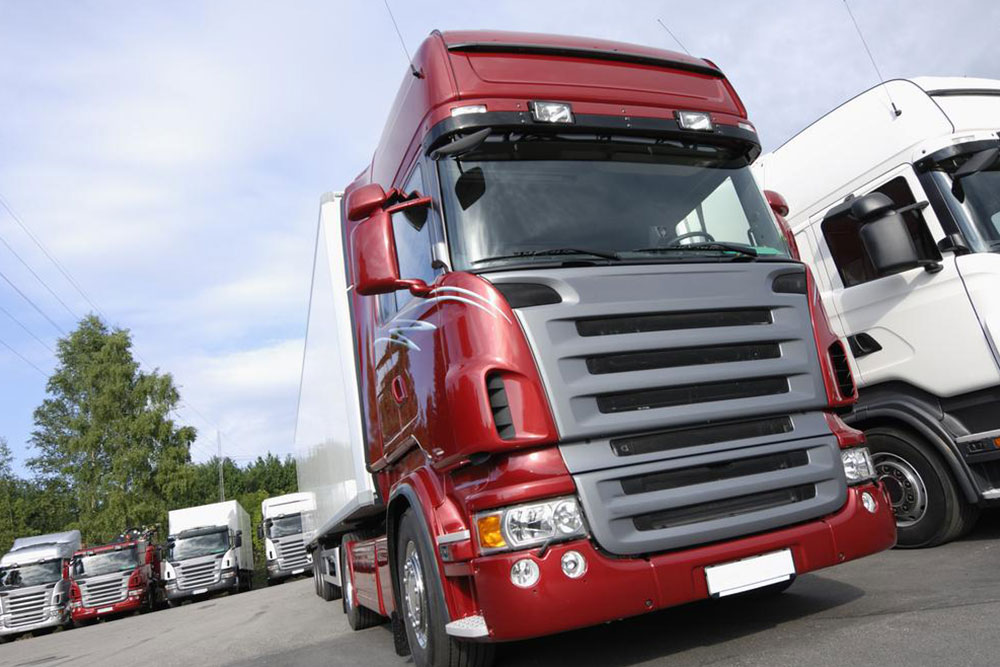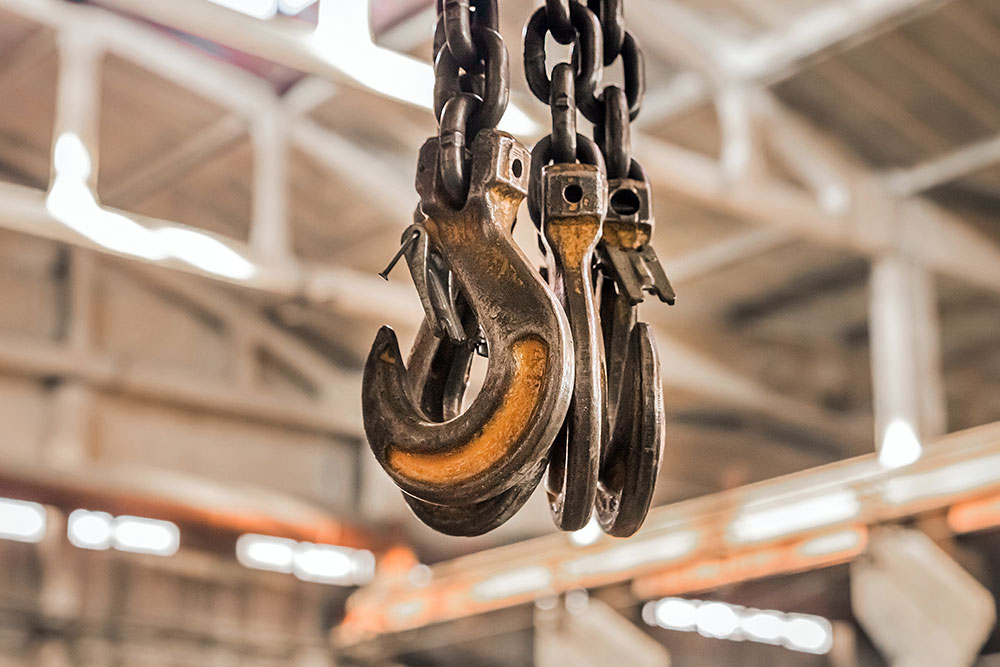Essential Guide to Freight Transportation: Benefits, Types, and Tips
This comprehensive guide explores freight transportation's key aspects, including benefits, shipping modes, costs, equipment, and challenges. It helps businesses choose optimal solutions for timely, safe, and cost-effective delivery, emphasizing the importance of reliable partners and proper planning in freight logistics.

Freight transportation involves moving goods via air, sea, or land. The main methods include intermodal shipping, Less Than Truckload (LTL), and Full Truckload (FTL). Key vehicles used are ships, trains, and trucks, depending on the shipment size and destination.
Advantages of Freight Shipping
Freight shipping ensures safe, timely, and cost-effective delivery of goods. Whether by land, sea, or air, it offers numerous benefits including reliability, affordability, and flexibility.
Reliable Carrier Selection
Choosing trustworthy carriers guarantees goods arrive on schedule and intact. Partnering with reputable freight agents ensures access to top-tier carriers, both online and offline.
Cost Savings
Using a freight broker who aggregates quotes from multiple carriers helps businesses compare and select affordable rates, saving time and money.
On-Time Delivery
Expert freight agents ensure prompt deliveries, vital for high-priority shipments, with various shipping options to meet tight deadlines.
Freight Shipping Modes
Different shipping modes suit various needs:
LTL (Less Than Truckload)
Suitable for shipments weighing between 150-15,000 lbs that don't fill an entire truck. It offers flexibility for medium-sized loads.
FTL (Full Truckload)
Ideal for large shipments over 15,000 lbs, providing cost efficiency and reduced handling risks by filling an entire trailer.
Partial Truckload
Share truck space with others for cost savings, suitable for shipments over 5,000 lbs or multiple pallets.
Intermodal
Combines rail and truck transport, reducing fuel costs and streamlining shipping processes.
Expedited Shipping
For urgent deliveries, primarily via air or fast trucks, ensuring quick arrival of time-sensitive freight.
FTL Equipment Options
Equipment varies based on cargo:
Dry Vans
Most common, handling dry goods up to 45,000 lbs, with lengths of 48 or 53 feet.
Refrigerated Vans
Used for temperature-sensitive cargo like pharmaceuticals or dairy products.
Flatbeds
Handled for bulky or oversized items such as machinery or lumber; unsuitable for fragile or sensitive goods.
Factors Influencing Freight Costs
Transport Mode
Expedited or air shipping costs more than standard modes.
Weight and Size
Heavier and larger shipments incur higher rates. Exact dimensions and weight are critical for accurate pricing.
Distance
Longer routes and remote locations increase costs.
Regulations & Surcharges
Compliance costs and additional fees for special services, fuel, or limited access locations affect total price.
Special Handling Needs
Items requiring special handling, like hazardous materials, lead to increased expenses.
Key Insights on Freight Shipping
What Can You Send?
Almost any item can be shipped via freight, with options tailored to the type of cargo and mode chosen.
Choosing the Right Service
Evaluate your shipment needs to select appropriate modes and carriers, guided by professionals' advice.
Parcel vs. Freight
Parcels are small, lightweight packages under 150 lbs, while freight involves larger, bulk shipments.
Freight Classification
Defines uniform pricing based on value, size, and density, with class numbers ranging from 50 to 500.
Using Freight Services: Challenges & Tips
Efficient freight shipping requires good planning, including personnel, documentation, cost management, and shipment tracking. Overcoming common hurdles ensures smooth delivery.
Proper logistics partnerships and preparation are key to resolving shipping challenges effectively.










